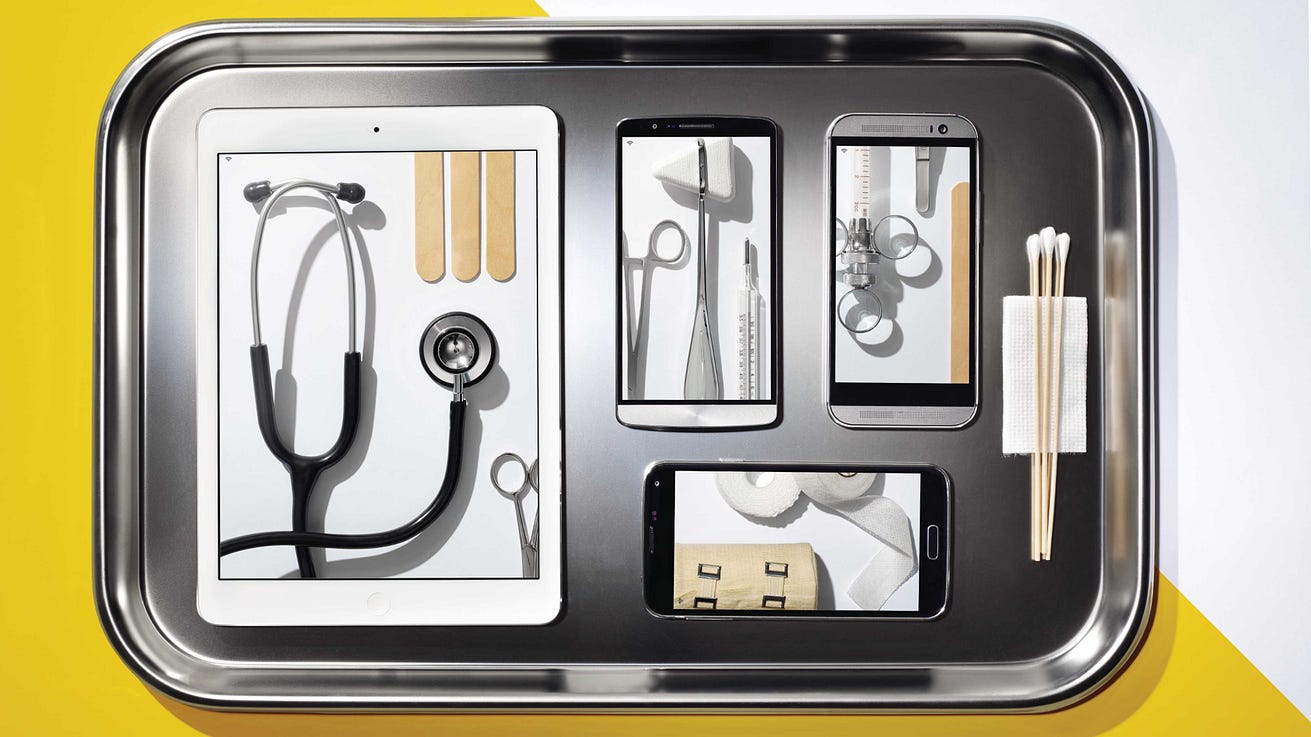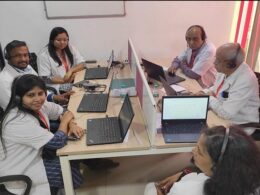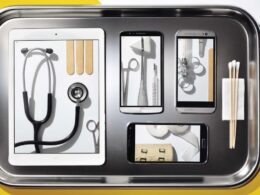This is an excerpt of the publication below, focusing on the theme above.
For the full version of the original article, please refer to the original publication.
The Telehealth Era Is Just Beginning
Harvard Business Review
by Robert Pearl, Brian Wayling
From the Magazine (May–June 2022)
Excerpt by
Joaquim Cardoso MSc
Health Revolution Institute
Telehealth Revolution Unit
April 16, 2022
What is the context?
- Contrary to what many people think, virtual health care, also known as telemedicine or telehealth, is much more than a cheap digital knockoff of in-person care.
- When used appropriately, it improves patient health, reduces costs, and makes care more equitable and accessible to anyone with a smartphone.
- Its use has soared during the Covid era — and the authors argue that providers around the world should aggressively strive to tap its full potential even after the pandemic abates.
What is the message?
In this article we take an inside look at two of telemedicine’s earliest adopters and most effective users:
- Kaiser Permanente, where one of us (Robert) was CEO; and
- Intermountain Healthcare, where the other (Brian) is an executive director of telehealth services.
For more than a decade these integrated health systems have used virtual care platforms to improve preventive medicine, care coordination, chronic disease management, and affordability for more than 13 million patients.
What are the 5 opportunities?
- Opportunity 1: Reduce Expensive and Unnecessary Trips to the ER
- Opportunity 2: Reverse America’s Chronic-Disease Crisis
- Opportunity 3: Address Disparities in Health Care
- Opportunity 4: Make Specialty Care Faster and More Efficient
- Opportunity 5: Provide Access to the Best Doctors
What is the business case?
Full implementation of five opportunities would:
- improve clinical quality nationwide by 20%,
- increase access to care by 20%, and
- reduce health care spending by 15% to 20%.

Opportunity #4: Make Specialty Care Faster and More Efficient
When treating patients who require specialty referrals, primary care doctors have a common complaint:
- They have 95% of the expertise needed to accurately diagnose and treat but no easy way to obtain the other 5%.
- Sometimes all they seek is assurance that their diagnosis or plan is appropriate.
- But without that missing 5%, their only option is to make a referral for an in-person specialty consultation, leading to treatment delays and higher costs.
Waiting lists for specialist appointments can be long.
For example, even before the pandemic, patients in the United States often had to wait weeks to see a dermatologist.
- At Kaiser Permanente, primary care physicians routinely use telemedicine to consult dermatologists-while the patient is in the exam room.
- Patients leave with a confirmed diagnosis, treatment plan, and prescription.
Some 70% of KP patients who visit their primary care doctor with a difficult-to-diagnose rash have the problem resolved in less than 10 minutes via telemedicine.
Some 70% of KP patients who visit their primary care doctor with a difficult-to-diagnose rash have the problem resolved in less than 10 minutes via telemedicine.
Across the most common medical and surgical specialties, KP’s remote-specialist model resolves patients’ problems 40% of the time, with no specialist visits needed.
Patient satisfaction is 10% higher than for in-person consultations.
When a patient does need to visit a specialist for a procedure, the appointment is scheduled after the virtual consultation; no in-person consult is required.
If 30% to 40% of in-person specialist visits in the United States were replaced with this type of telehealth consult, patients would miss fewer workdays and receive faster and more-effective care, and tens of billions of dollars annually would be saved.
If 30% to 40% of in-person specialist visits in the United States were replaced with this type of telehealth consult, patients would miss fewer workdays and receive faster and more-effective care, and tens of billions of dollars annually would be saved.
A version of this article appeared in the May-June 2022 issue of Harvard Business Review.
Originally published at https://hbr.org on May 1, 2022.












